5 Ways Irish People Have Influenced Canada – and the Trans Canada Trail
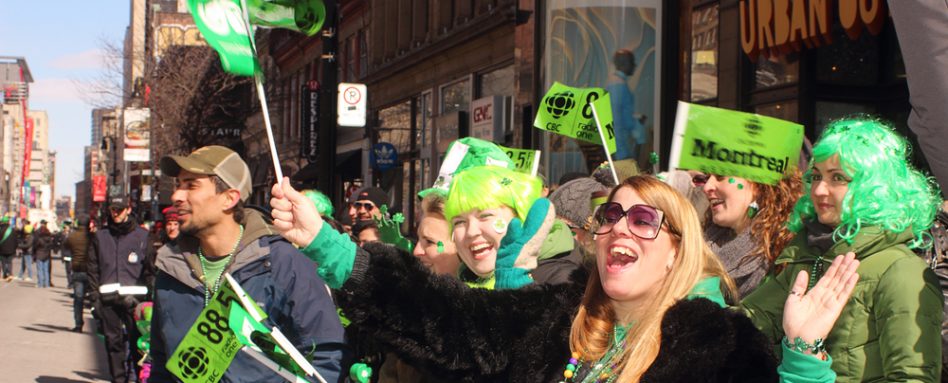
Let’s face it – all of Canada is Irish on St. Patrick’s Day! But, the influence of Ireland on our country goes far beyond green pints and parades. With almost 4.5 million Canadians claiming some or full Irish lineage in the most recent census, the strong links between Ireland and Canada are tangible – especially at numerous sites on the Trans Canada Trail. Here are just some of the ways you can discover Irish history and culture on your next Trail adventure.
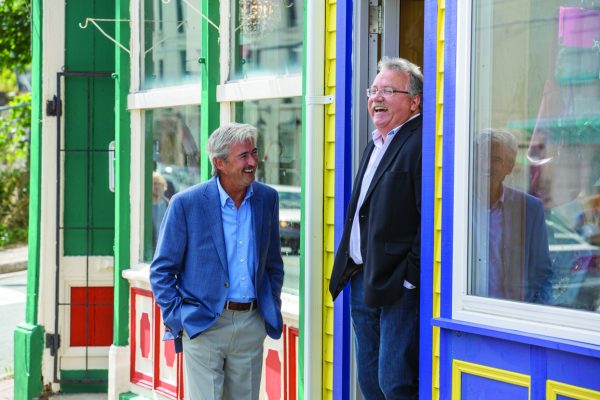
Photo: Locals chat in downtown St. John’s (via Barret and Mackay Photo/Newfoundland & Labrador)
1. Language
Did you know that Canada is home to the only Irish-language place name outside Europe? When fishermen from southern Ireland arrived in Newfoundland in the 17th century, they called it “Talamh an Éisc” or “Land of the Fish”. This name still survives today, as well as the language that these Irish settlers brought. The influence of ‘Gaeilge’, the Irish language, can be heard in certain Newfoundland English words like “sliveen”, meaning “rascal”, and “streel”, meaning “slovenly person”.
Meanwhile, Ontario is one of the few places outside Ireland that has its own “Gaeltacht”, an Irish-speaking region recognized by the Government of Ireland.
Find the Trail: Newfoundland T’Railway, East Coast Trail
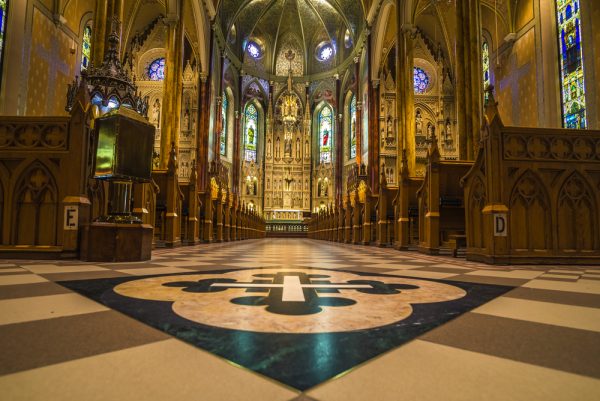
Photo: St. Patrick’s Basilica, Montreal
2. Surnames
Irish surnames are commonplace in Canada, mostly due to huge rates of immigration in the aftermath of Ireland’s Great Famine in 1845. Hundreds of thousands of destitute Irish arrived in Canadian harbours like Halifax and Saint John, as well as ports on Lake Ontario.
Grosse-Île in Quebec City and Montreal’s waterfront were sites of great loss at this time. Malnourished and diseased, many Irish refugees found themselves at these ports, with thousands dying of disease on arrival or at sea. A Celtic Cross now stands at Grosse-Île, with inscriptions honouring the dead in English, French and Irish.
While some prejudice existed towards Irish immigrants, many Quebecers were eager to help them in their hour of need. Doctors, nurses and Montreal’s Grey Nuns volunteered to treat sick arrivals, risking their lives in the process. Many French families in Quebec also adopted Irish orphans, allowing them to keep their Irish names. In fact, many Francophones in the province retain Irish surnames to this day!
Find the Trail: Axe Christophe-Colomb, Lachine Canal National Historic Site
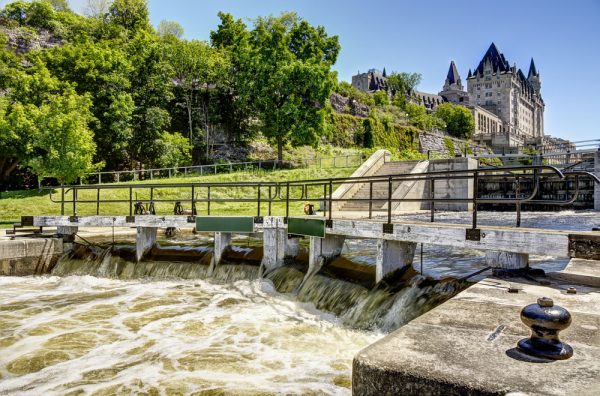
Photo: Rideau Canal, Ottawa
3. Construction
Working-class Irish immigrants soon became the largest ethnic group in almost every city in Canada, and found work building many of our country’s iconic landmarks. As English-speakers, they were regularly hired on construction sites, and played key roles in the creation of the Rideau Canal.
Irish immigrants also helped to build the Lachine Canal and St. Patrick’s Basilica in Montreal, as well as the colourful heritage buildings of St. John’s, Newfoundland.
Find the Trail: Axe Christophe-Colomb, Lachine Canal National Historic Site, Capital Pathway, East Coast Trail, Grand Concourse Trail
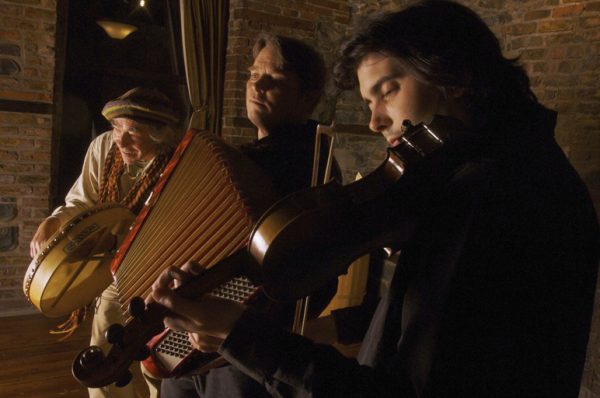
Photo: Musicians play traditional Irish music (via Newfoundland & Labrador)
4. Music
The folk music of Canada owes a great debt to musicians of Irish descent, particularly in Newfoundland, Ontario, Nova Scotia and New Brunswick. In fact, most Canadian folk songs take their inspiration from centuries-old Irish tunes and follow Irish verse patterns!
TCT Champion Alan Doyle is just one example of a Canadian musician who can claim Irish roots. Stompin’ Tom Connors and Denny Doherty of The Mamas & the Papas both came from families of Irish descent.
While these memorable airs can be heard in many bars across the country, there are a few authentic Irish hideaways for some post-Trail jigs and reels. Mallard Cottage in Quidi Vidi, Newfoundland, Durty Nelly’s in Halifax, Nova Scotia, and the Irish Times Pub in Victoria, British Columbia, are all renowned for offering “ceol, caint agus craic”, or “music, chat and witty banter”!
Find the Trail: East Coast Trail, Halifax Waterfront Boardwalk, City of Saint John, City of Victoria
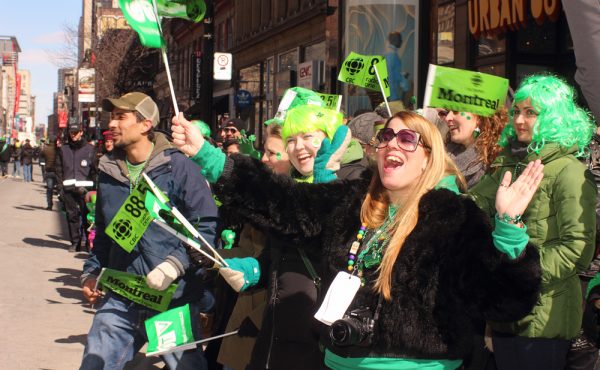
Photo: St. Patrick’s Day Parade, Montreal
5. Festivals
St. Patrick’s Day is a statutory holiday in Newfoundland and Labrador, but this day commemorating Irish contributions is held throughout Canada every year. Canada is home to many celebrations on March 17, one of the most prominent being Montreal’s St. Patrick’s Day parade – the oldest of its kind in North America.
Other Irish-inspired events include the Féile Séamus Creagh music festival in St. John’s, Newfoundland, and the Celtic Colours International Festival in Cape Breton, Nova Scotia.
Find the Trail: Axe Christophe-Colomb, East Coast Trail, Grand Concourse Trail, Bras d’Or Lake Water Route





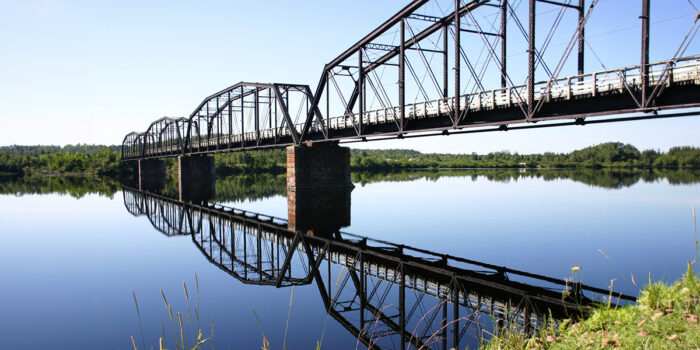
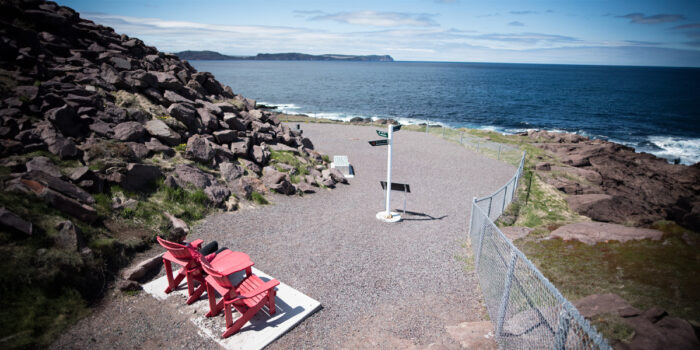

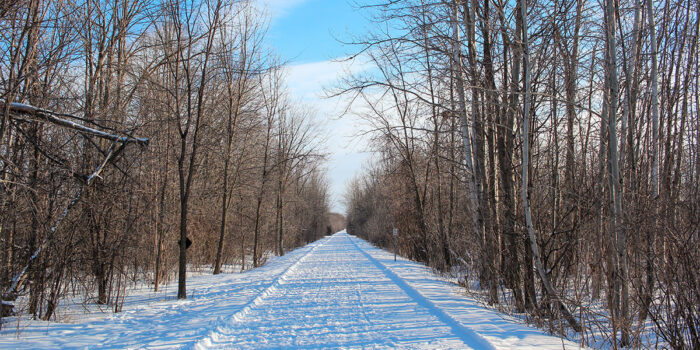
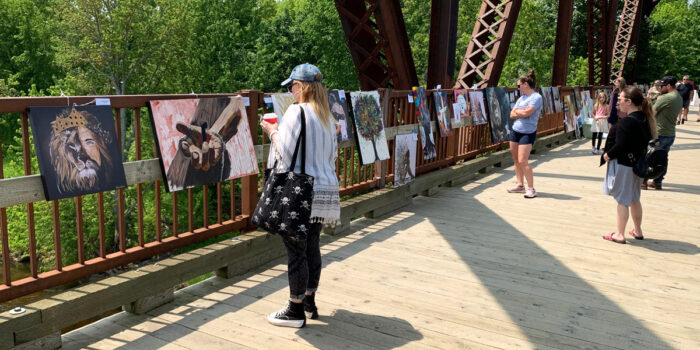



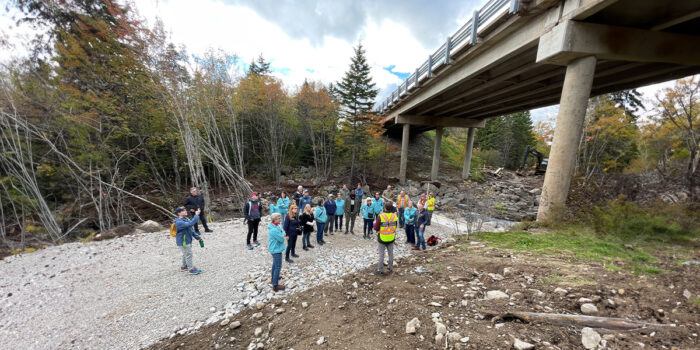
![[:en]Park Canada[:] Company Logo](https://dev.tctrail.ca/wp-content/uploads/2021/05/LOGO_Partnership_Black_EN.png)



